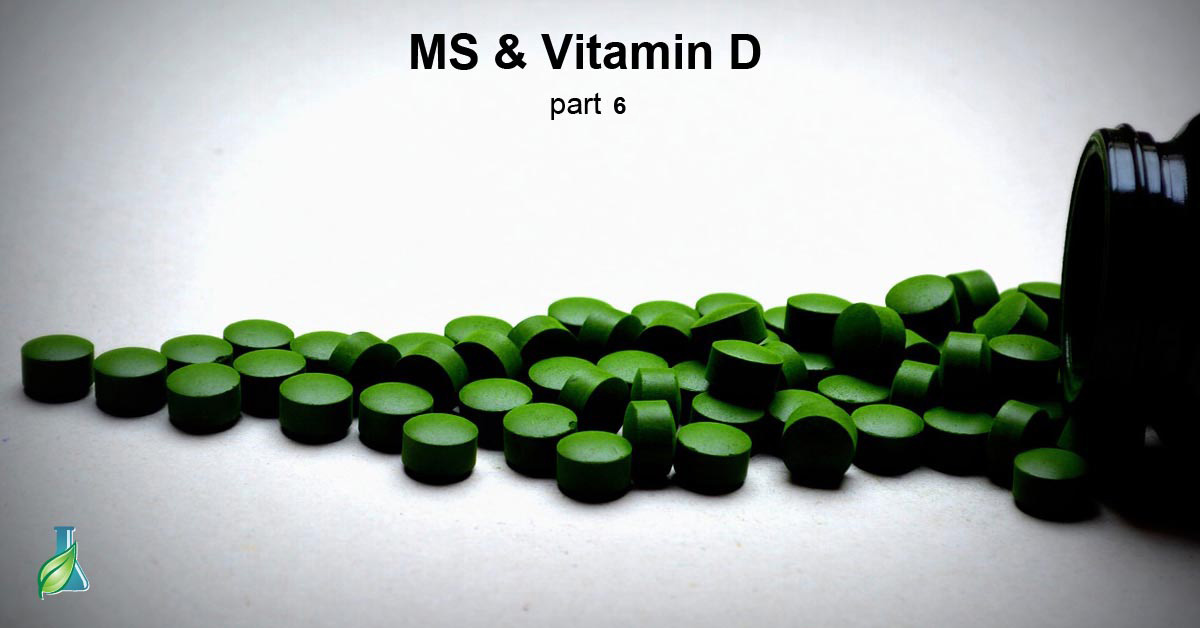
People who are overweight or obese require even larger doses to get their vitamin D levels to where it should be.
I recommend taking one high dose if the initial level is low and then taking a regular supplement of around 5,000 a day in winter. If more is required, a 10,000IU dosage should still be perfectly safe.
On summer days when there is hardly any sun a level of 60ng/mL should be the minimum.
It is also the recommendation of my treatment protocol that the level be checked at the end of each winter, to help decide how much of a dosage is really needed. A world authority on vitamin D, Michael F. Holick, wrote an article for the Journal of Nutrition in which he recommends that people should routinely check their vitamin D levels annually.[1]
How you can determine your Vitamin D level
Your doctor can guide you as well. However, if you reside in the U.S., I would recommend a LabCorp test.
Make sure you order the right test!
There are two types of Vitamin D tests. One is 1.25(OH)D and the other is 25(OH)D. The latter, 25(OH)D or 25-hydroxy vitamin D, is recommended as it is a good marker for your vitamin D scenario and overall health.
Vitamin D levels – 25-Hydoxy D
Following are vitamin D figures from a 25(OH)D test of healthy people in tropical and subtropical regions of the world, who receive adequate sunlight exposure. Clin Lab Med has published the values that reflect an optimal level of vitamin D.
• Less than 50ng/ml – Poor/Inadequate
• 50-70 ng/ml – Ideal
• 70-100 ng/ml – Proven to help in the cure of MS and heart diseases
• More than 100ng/ml – Too much/Harmful
You will find different FDA approved vitamin D testing companies; however, what you need to look for is the gold standard. DiaSorin is the gold standard analysis method. It is accurate, and most of the vitamin D studies utilize the same DiaSorin RIA (radioimmunoassay). Therefore, go for the DiaSorin standard, as that will closely relate to the established vitamin D levels.
Liaison, also developed by DiaSorin, is an automated immunoassay that has recently replaced RIA. However, as researchers use RIA for clinical studies, I would recommend you use the DiaSorin RIA.
If you cannot find a lab that uses RIA, make sure your test results are accurate and relate to clinical findings. If not, your test results might show you with the right levels of vitamin D, when, in fact, you are dangerously deficient in Vitamin D.
In Conclusion
On the basis of epidemiological data, as well as other data, many experts have found that the development of MS is less likely in regions with more sunlight. In addition, animal work is being conducted on improving auto-immune encephalomyelitis with light therapy, so we will soon know more about the connection. Most experts agree that sunlight improves and possibly even stops the development of MS.
People can now find comfort in the thought that adequate amounts of sunlight can help to improve their condition, or at least slow the progression of the disease. MS patients may also be able to protect family members by helping them understand how sunlight can help lower the risk of MS. Getting adequate levels of sunlight each day is safe, as long as people do not expose themselves to too many UV rays too often.
Bottom line:
1. I recommend to all my MS patients to constantly test their vitamin D levels and keep them around 70-90ng/mL.
2. I recommend taking one high dose if the initial level is low and then taking a regular supplement of around 5,000IU a day in winter. If more is required, a 10,000IU dosage should still be perfectly safe.
In the future, vitamin D supplementation, or exposure to sunlight, will probably be a part of standard treatment as the medical community is rapidly coming to accept the evidence shown.
